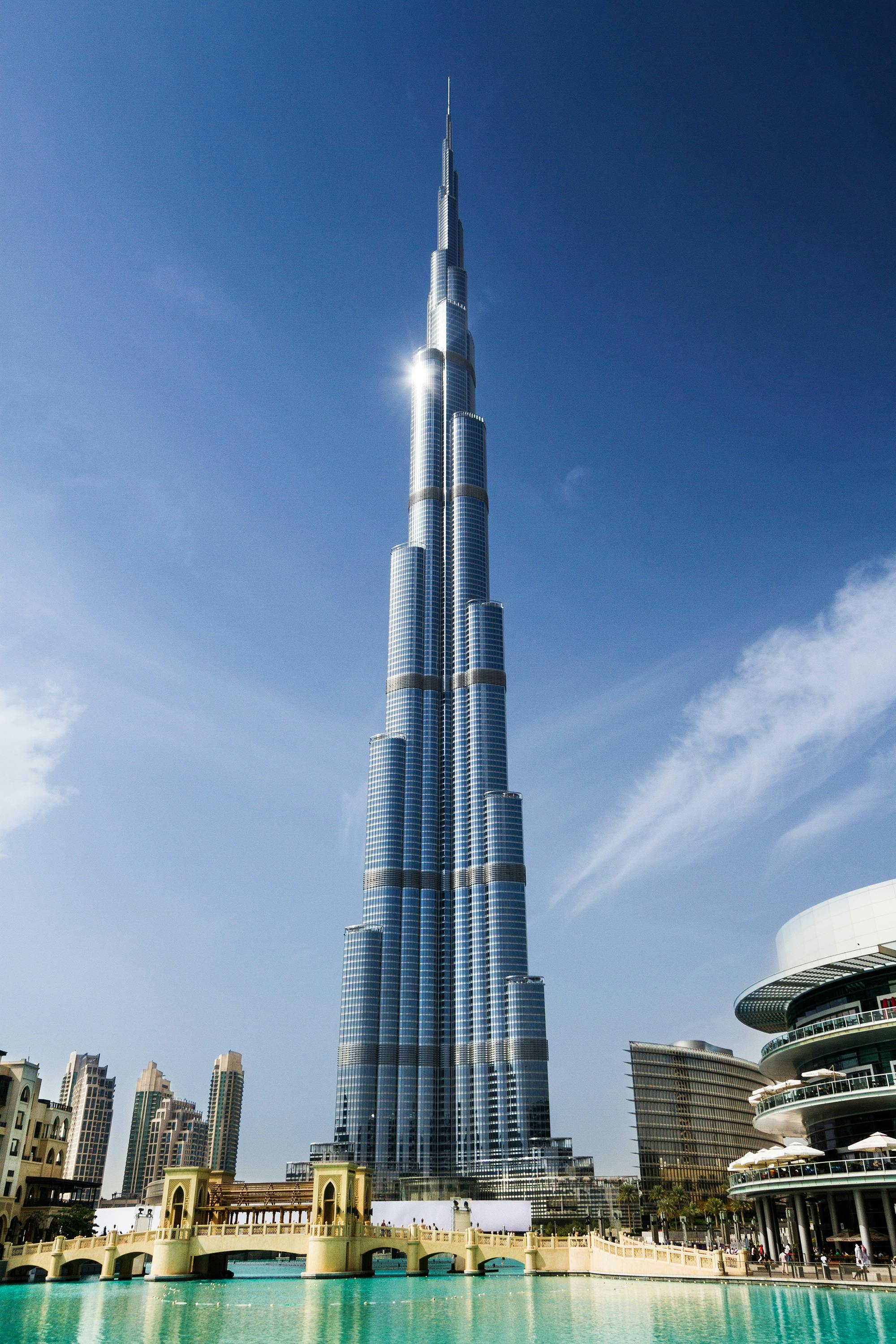
Real Estate & Construction
The History of Burj Khalifa: An Icon of Architectural Excellence
The Burj Khalifa, towering at 828 meters, stands as an iconic symbol of modern engineering and a testament to Dubai's ambitious vision. Officially inaugurated on January 4, 2010, the Burj Khalifa is not only the tallest building in the world but also a centerpiece of Dubai’s dynamic urban landscape. Here’s a look at its fascinating history.
Concept and Design
The project for what would become the Burj Khalifa was first announced in 2003 as part of the Downtown Dubai development initiative by Emaar Properties. The aim was to create a landmark that would put Dubai on the global map.
The design, led by Adrian Smith of Skidmore, Owings & Merrill (SOM), drew inspiration from traditional Islamic architecture, particularly the Hymenocallis flower. The building's modular design and spiraling structure not only enhance its aesthetic appeal but also provide stability against high winds.
Construction Milestones
- 2004: Excavation and foundation work began.
- 2006: The tower surpassed the height of Taipei 101, becoming the tallest structure in the world.
- 2007: The exterior cladding commenced, using reflective glazing, aluminum, and stainless steel.
- 2009: The building's exterior was completed, and the structure was topped out.
Over 12,000 workers were involved in the construction at its peak, and innovative construction techniques, including high-performance concrete and state-of-the-art cranes, were employed to achieve this feat.
Naming and Inauguration
Originally called the Burj Dubai, the structure was renamed Burj Khalifa during its inauguration in honor of Sheikh Khalifa bin Zayed Al Nahyan, the then-President of the UAE, in recognition of Abu Dhabi’s financial support during Dubai’s economic crisis.
Records and Features
The Burj Khalifa holds several world records, including:
- Tallest building in the world
- Highest observation deck (148th floor)
- Longest elevator travel distance
The tower houses residences, offices, the Armani Hotel, and observation decks that offer breathtaking views of Dubai’s skyline.
Cultural and Economic Impact
The Burj Khalifa has become a global cultural icon, featuring prominently in movies, music videos, and art. It has also significantly boosted Dubai’s tourism industry, attracting millions of visitors annually.
The structure serves as a beacon of Dubai's ambition and an emblem of human ingenuity, standing tall as a source of pride for the UAE and an inspiration for the world.